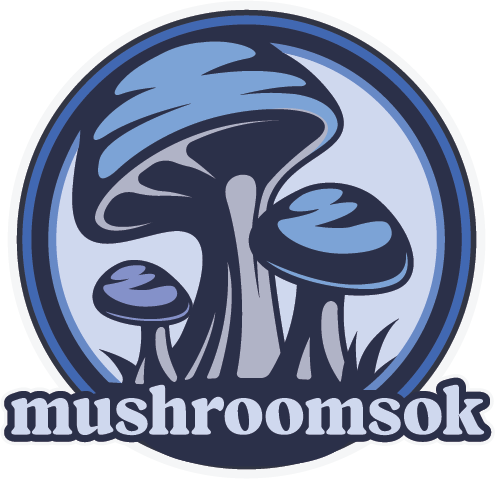From swirling album covers to soul-bending guitar solos, psychedelic mushrooms have left a lasting fingerprint on the world of art and music. What began as an underground movement of counterculture rebels has transformed into a mainstream current of creative inspiration that still pulses through modern-day sound, vision, and self-expression.
But where did it begin? And why are mushrooms such a powerful muse for artists and musicians even now?
Let’s take a trip.
The 1960s: The Psychedelic Era Is Born
After R. Gordon Wasson’s 1957 Life magazine article introduced psilocybin mushrooms to the Western world, their cultural impact exploded — especially through the creative lens of music and visual art.
In the mid-to-late 1960s, musicians and artists across the world began incorporating psychedelics into both their personal practices and public performances. Psilocybin became a creative tool — not just for escaping reality, but for bending it, exploring deeper truths, and expressing what couldn’t be captured by logic alone.
Musicians Who Embraced the Mushroom Mindset
🎸 The Beatles
After experimenting with psilocybin in the mid-60s, The Beatles shifted their music from bubblegum pop to deeply layered, transcendent art. Albums like Sgt. Pepper’s Lonely Hearts Club Band and Magical Mystery Tour were loaded with surreal lyrics, orchestral overlays, and psychedelic imagery — often inspired by introspective mushroom experiences.
“The drug thing, the desire to expand consciousness, was all through the music." — George Harrison
🎶 Jimi Hendrix
Known for his cosmic guitar solos and boundary-smashing sound, Hendrix’s music was pure emotion — unstructured, visionary, and impossible to contain. Songs like Third Stone from the Sun and Are You Experienced? were drenched in surrealism, sonic experimentation, and themes of transcendence.
🌈 Pink Floyd
Albums like The Piper at the Gates of Dawn and Dark Side of the Moon blurred the line between sound and soul. Their music, like many others in the psychedelic era, was an audio journey inward, mirroring the emotional and spiritual depth often associated with mushroom trips.
Visual Artists & Psychedelic Expression
While musicians brought the sound, visual artists brought the color, chaos, and symbolism.
Psychedelics influenced everything from album cover art to poster design, film, and eventually fashion. Artists began experimenting with:
Fractals and sacred geometry
Bright, shifting color palettes
Symbolism from nature, the cosmos, and the subconscious mind
Surrealism, melting visuals, and cosmic landscapes
Modern-day artists like Alex Grey, Android Jones, and countless digital creators on platforms like Instagram and OpenSea have carried that legacy into the present, blending spiritual themes with technology and the timeless mycelial muse.
Why Mushrooms Unlock Creative Flow
Psilocybin temporarily reshapes brain connectivity, allowing areas that don’t normally “talk” to communicate freely. This leads to:
New associations and unexpected ideas
Stronger emotional access
Abstract thinking and pattern recognition
Synesthesia (where sound, color, and touch can cross over)
For musicians, this means hearing songs in new layers.
For visual artists, it can mean painting what they feel, not just what they see.
For writers, it’s a portal to untapped storytelling.
The Legacy Today: From Woodstock to TikTok
Psychedelic influence isn’t locked in the past.
Modern artists like Tame Impala, Flying Lotus, Flume, and Jon Hopkins all draw inspiration from altered states. Festivals like Burning Man, Lightning in a Bottle, and Shambhala celebrate mushroom culture openly — not just as a substance, but as a symbol of artistic freedom and transformation.
And on platforms like TikTok and Instagram, a new generation of creators is sharing mushroom-inspired:
Ambient music
Digital art
Short films
Poetry and fashion
The creative energy of psilocybin continues to ripple through every medium — not as a crutch, but as a mirror to the soul.
Final Thoughts
Mushrooms didn’t just shape music and art — they rewired how we think about creativity itself. By dissolving the boundaries of ego, logic, and language, they opened a door to raw expression — and artists of every kind walked through it.
Whether you're listening to a Hendrix solo, watching an Alex Grey painting come to life, or sketching in your own journal post-journey, the spirit of the mushroom remains the same:
Feel deeply. Create honestly. Connect universally.

